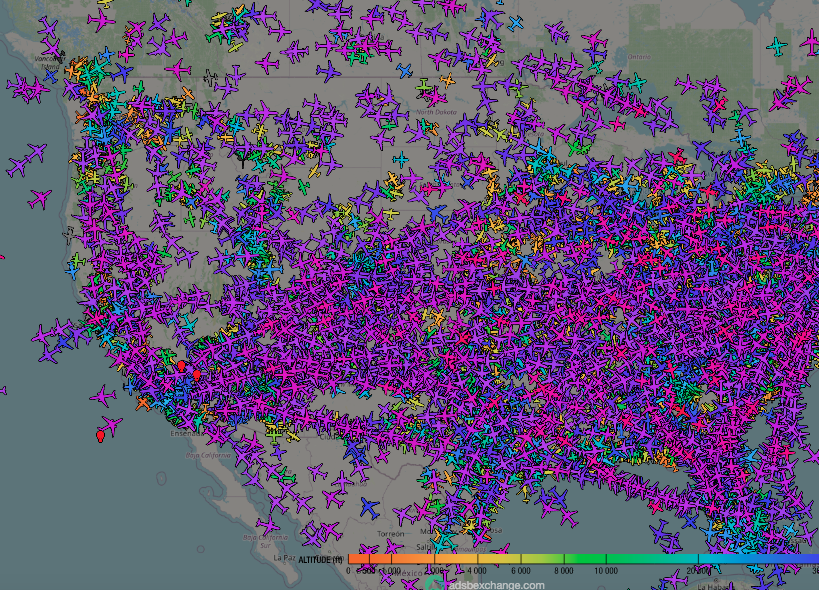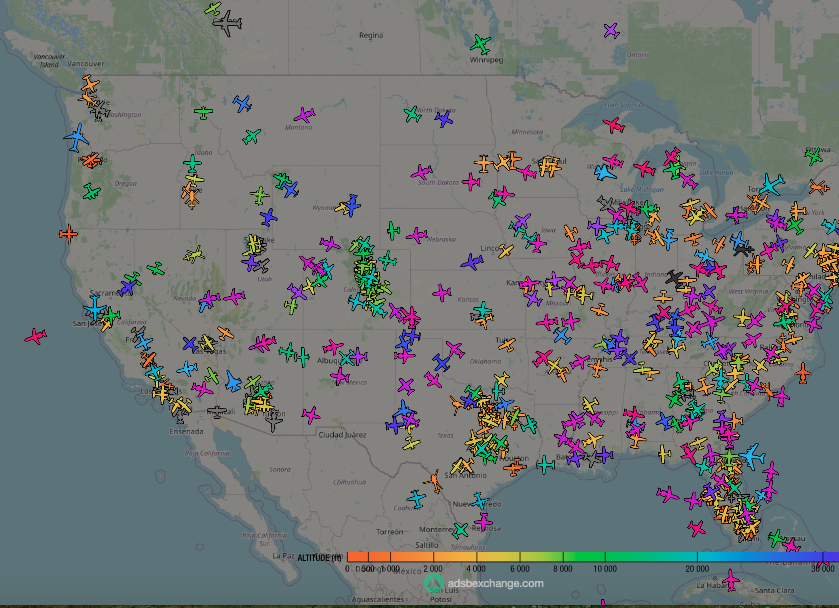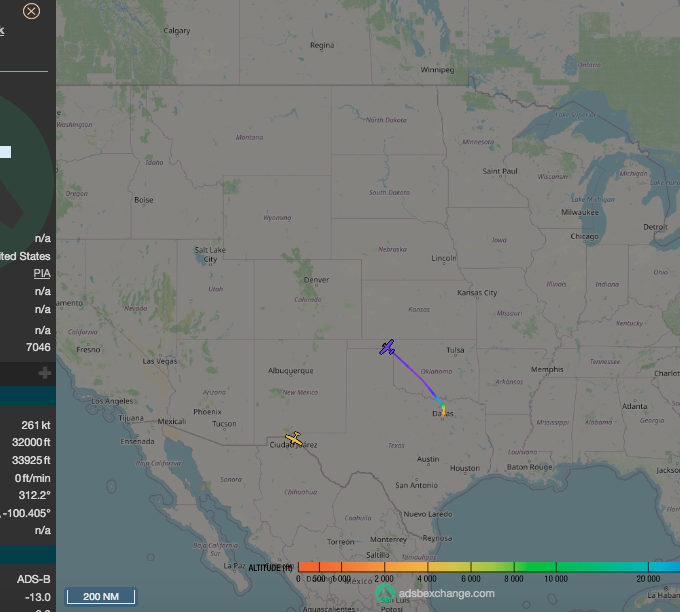Surprising Development
Unexpected Development.
I have decided to update the Plane Spotting Guide, it has come as a surprise to see that this was the most popular download of the last three months. The original guide was quite terse, with just a few pointers – I’ve enlarged it. Adding a few more sections and quite a few links that I hope will be useful.
The whole guide has been updated, hopefully it will be of some use in its revised form.
Support this site.
It does take some time and effort to create these downloads, also there are a number of costs associated with running the site. So if you can consider supporting this site with a donation it would be helpful, if you find the site useful then why not treat me to a doughnut – or even a doughnut and a coffee if you’re feeling really flush.
Or if you are thinking of ordering something from Amazon then you could click the link to get there, it doesn’t actually cost you anything. And it will help me to pay for the site hosting, which is getting more expensive like everything else.
But regardless of whether you donate or not, I hope that the contents of the files are of some use, also bear in mind that the files are as dated in the bar graph on the down load page – I will try and produce a new data set every month or more frequently if time allows.
Please note these files are provided for personal use, if you want to use them for any other purpose or if you want to make them available through your own site – get in touch first.


